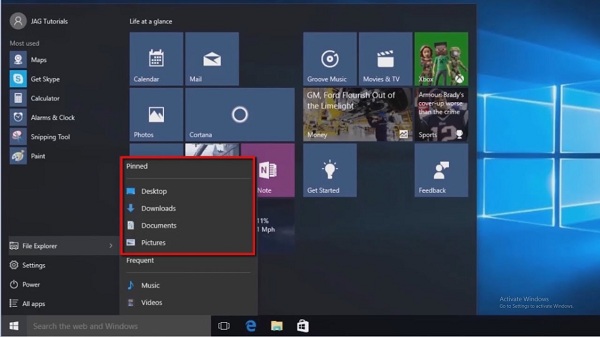How to Fix 43 Error Code on Mac?
Mac is among the most utilized and relied upon devices around
the globe, and understandably so. The device offers not only optimized
performance but also provides uncanny performance as well. Despite such
efficiency, the device can encounter minor errors, one of them being the error
code -43. In case you are encountering such errors as well, then the blog can
help you in a jiffy. Make sure to read the blog completely and apply the steps
accordingly. So, here are the steps to fix this error given below.
Reset the
PRAM/NVRAM
If you would like to reset the PRAM/NVRAM, then abide by the
given steps.
- Turn off the Mac completely, and you have to wait sometime.
- Press the Command key and hold the Option and P, R buttons at
once on Mac’s keyboard.
- Then press those keys until the bootup screen comes on the
screen and don’t leave the buttons until you get a third-time bootup
sound.
- Then NVRAM and PRAM reset procedure will begin and wait until
this procedure is finished.
- After completing, attempt to remove a file from the Mac to
check whether the error still comes on the display or not.
Delete Locked
Files
If you wish to delete the locked files, then pursue the given
instructions.
- Go to the Mac and reach the App menu within the upper field of
the system.
- In the drop-down section, select the Utility option beneath the
App menu and select the Terminal within the App screen.
- Then enter the command “chflags -R nouchg” into the terminal by
holding the Enter button.
- You are required to delete the files within the Trash.
- After that, twice-click on the Trash button and choose every
file into the folder of Trash.
- You might move the files you would like to remove and place it
to the Terminal within the Trash.
- Now, pursue similar instructions for the remaining files and
confirm whether the Mac error comes on the display or not.
Utilize the
Disk Space
If you would like to utilize the disk space, then abide by the
given steps.
- Find the Apple menu on the upper of the display and select the
Restart tab.
- Once the Mac turns on, hold the Command + R keys at once on the
keyboard and wait for some time until Apple logo comes on the display.
- Then go to the Disk Utility button within the next screen and
click on the Continue option from a similar screen.
- You should select the disk you would like to fix from the
left-hand side panel of the screen.
- Now, click on the First-Aid option and let perform the Disk
Utility check software.
- Finally, the Disk Utility provides you with a few of the
applicable reports, and you should be able to take action depending on it.
Quit Finder
If you wish to quit Finder, then pursue the given instructions.
- Go to the Apple menu situated at the upper left-hand side of
the screen.
- You will see a drop-down section and choose ‘Force Quit’.
- Navigate to the apps list and locate the Finder then select
reopen option within the results.
- Now, you have to wait until every running app is stopped and
when done, attempt to restart the Mac to solve the error effectively.
Becky Losby is
a self-professed security expert; he has been making the people aware of the
security threats. His passion is to write about Cyber security, cryptography,
malware, social engineering, internet and new media. He writes for Norton
security products at norton.com/setup.
Source:- Mac




Comments
Post a Comment